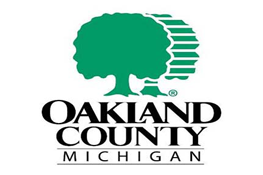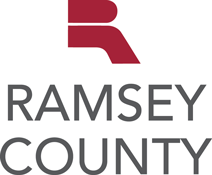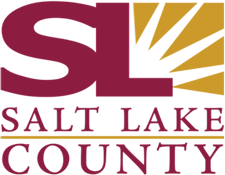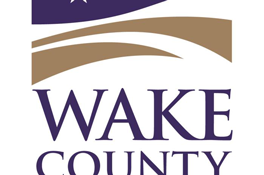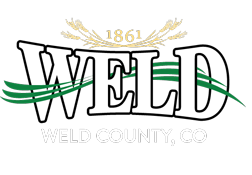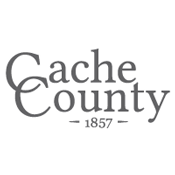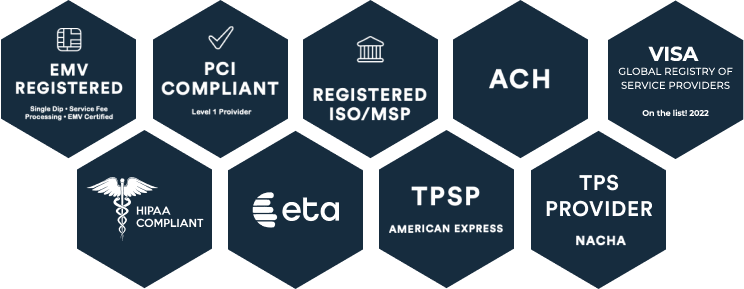What Is a Smart City? An Overview
A smart city is an urban municipality that uses various information and communication technologies (ICT) to streamline operations, like the management of assets, resources, and services, to ultimately improve its citizens’ quality of life. A smart city leverages ICT to create a more efficient, sustainable environment, which can include a better-coordinated infrastructure, enhanced public safety, and more efficient public services.
Growing urban populations face management challenges. The goal of a smart city is to use technology to facilitate sustainable development, improve government service, and create a better place to live for all residents.
Key Components of a Smart City
Smart city solutions encompass a range of transformative tools and technologies that aim to modernize and enhance everyday systems. Some key characteristics and features of smart cities include:
- Intelligent, integrated infrastructure. Sensors and other devices form integrated systems and networks that optimize infrastructure by connecting transportation, utilities, and public services.
- Smart governance and citizen services. Public services such as healthcare, education, and public safety are made more accessible through digital platforms and smart technologies.
- Efficient urban mobility and transportation. Smart transportation systems help reduce congestion, improve public transit, and promote eco-friendly solutions.
- Sustainable practices. Green technologies help cities monitor and minimize their environmental impact with practices like automated waste management and smart recycling.
- Improved resource management. Smart grid systems and resource meters offer more efficient and comfortable living conditions and opportunities for resource conservation.
- Citizen engagement. Accessible platforms encourage community involvement and feedback, removing many barriers to widespread civic engagement.
Smart cities are defined by their approach to social, environmental, technological, economic, and political sectors. Smart city solutions like those above serve to respond to the holistic needs of their citizens and public systems. In short, they’re never siloed. Instead, these solutions prioritize interconnectivity, enabling each community sector to function as one essential part of a greater whole.
Smart City Payment Solutions
Secure, efficient, and scalable payment systems are a large part of smart city networks—and they’re accessible to residents and organizations alike.
Innovative payment solutions, like electronic payment platforms, make it much easier for citizens and businesses to initiate and complete transactions across various domains. They’re user-friendly and fast to complete, making activities like paying utility bills or purchasing parking permits far more convenient.
The Benefits of Smart Payment Solutions
Smart payment solutions are prevalent in smart cities largely because of their contribution to sustainability: They reduce the need for manual intervention or physical infrastructure, like in-person kiosks or paper-based processes, to support payment processing.
These advantages carry over into the payment process itself. The implementation of smart city payment solutions improves the payment experience in many ways:
- Improving service delivery
- Enhancing operational efficiency
- Increasing citizen satisfaction
- Reducing administrative overhead
- Minimizing the risk of errors
- Speeding up transaction times
Smart city payment solutions also promote transparency and accountability with real-time views into transactions. This can be crucial for fostering trust among residents and businesses. Ultimately, this offers a sense of security in the city’s financial management.
Examples and Applications of Smart City Payments
Smart city payment solutions can cater to various public services. Prominent examples include:
- Utility Bills: Digital payment options for electricity, water, and gas bills allow citizens to conveniently pay through online portals or mobile apps.
- Parking Management: Digital parking systems can include mobile or online payments while also providing real-time information on parking availability and a user’s remaining time or expiration details.
- Public Transportation: Citizens can purchase or reload transportation cards through digital channels, which can also encourage the use of public transportation as a whole.
- Fines, Taxes, and Fees: Online portals allow citizens to view and pay outstanding balances or pay reservation fees for recreation spaces or community events.
Essentially, smart city solutions like these change the way transactions are conducted for everyone in a municipality. They eliminate time-consuming office visits and, because of their ease and convenience, can increase the likelihood that the public will utilize the services available to them.
Notable Considerations for Smart City Payments
While smart city payment solutions bolster long-term sustainability and efficiency, their implementation presents a few challenges that need to be addressed in order to maximize their benefits.
Data Privacy and Security
One of the most pressing concerns surrounding smart payment solutions is the management of sensitive data. Municipalities handle a large amount of transactional data, including payment details, personal identifiers, and confidential information. This means robust security and privacy measures are paramount.
The Solution
A smart city must invest in advanced data encryption technologies and threat detection and response mechanisms for transactions. Payment systems should have strict access controls as well as regular security audits. Adherence to industry and regulatory standards is the only way to maintain the integrity of financial data and preserve public trust.
Implementation
Deploying a smart payment system can require significant upfront investments. In addition to the cost of software platforms, smart cities often need to plan for additional personnel training and expansion of their digital infrastructure. Integrating the new systems with existing ones can also be challenging to ensure interoperability.
The Solution
Cities should evaluate the financial implications of implementing smart city payment systems. This involves consideration of both the initial expenses and the cost of ongoing operation and maintenance. Strategic budgeting ensures sustainable implementation without straining municipal resources.
Scalability and Flexibility
Cities grow and evolve, and payment solutions must adapt and scale to keep pace. Any influx of new residents or additional service offerings requires scalable smart city solutions that can accommodate increasing transaction volumes and changing needs.
The Solution
By nature, advanced smart city payment solutions are extensible, thanks to cloud-based architectures. This allows for seamless integration of new technologies, services, or payment options. Cities must ensure these systems can handle a demand surge anytime without compromising performance. Regular updates and upgrades proactively address evolving needs.
The Future of Smart Cities
Smart city solutions evolve rapidly, driven by ongoing technological advancements. By 2050, 60% of the world’s population is expected to live in a smart city. As cities strive to be more efficient and sustainable, several notable trends and innovations are poised to shape the future of smart city ecosystems:
- Internet of Things (IoT) and Sensor Networks: Sophisticated sensor networks will monitor and collect data in real time in various domains, like traffic management and public safety. Powered by predictive analytics, data-driven decisions could improve safety and efficiency like never before.
- Augmented Reality (AR) and Virtual Reality (VR): Immersive virtual technologies can enable urban planners and stakeholders to visualize smart city projects before implementing them. These applications can also provide citizens with information overlays for improved navigation and access to city services.
- Blockchain and Distributed Ledger Technologies: These secure and transparent systems could facilitate unprecedented ease in data sharing and record keeping. This could transform operations like supply chain management, identification, and even voting systems.
These offer just a glimpse into the future of smart cities. As these technologies advance, cities must remain agile and adaptable to innovation. CORE can help.




















